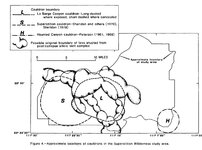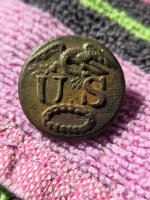cw0909
Silver Member
- Dec 24, 2006
- 4,364
- 3,222
- Primary Interest:
- Other
finally got the time to watch the past episodes, in The Dutchman's Code episode
calling it ancient Apache territory, ill have to go look again, but i think most of
that area was reservation until early 1900s, and some of it still is
so does anyone think JW would mine on Apache land, or any indian land
found these, not the ones i had looked at b4, if i find that info again ill post it
present day
http://upload.wikimedia.org/wikipedia/commons/5/52/Apachean_present.png
Apache - Wikipedia, the free encyclopedia
1868-1934
http://upload.wikimedia.org/wikiped...hist_map.svg/300px-Nn_border_hist_map.svg.png
Navajo Nation - Wikipedia, the free encyclopedia
calling it ancient Apache territory, ill have to go look again, but i think most of
that area was reservation until early 1900s, and some of it still is
so does anyone think JW would mine on Apache land, or any indian land
found these, not the ones i had looked at b4, if i find that info again ill post it
present day
http://upload.wikimedia.org/wikipedia/commons/5/52/Apachean_present.png
Apache - Wikipedia, the free encyclopedia
1868-1934
http://upload.wikimedia.org/wikiped...hist_map.svg/300px-Nn_border_hist_map.svg.png
Navajo Nation - Wikipedia, the free encyclopedia









